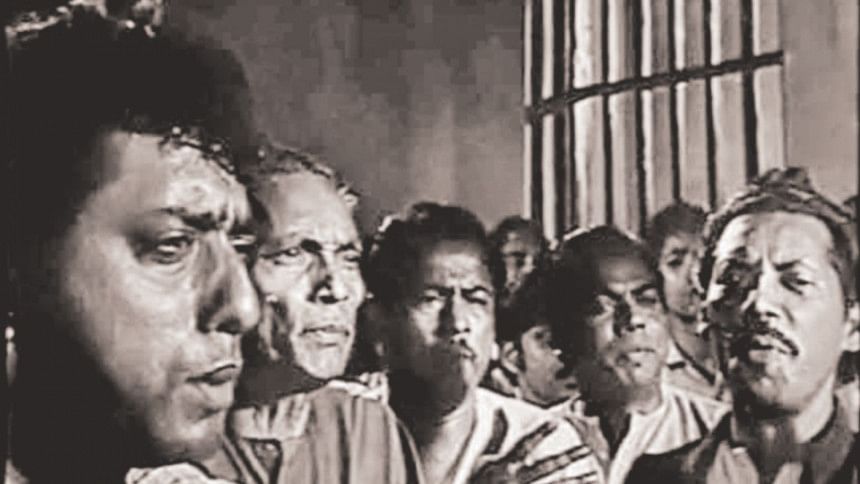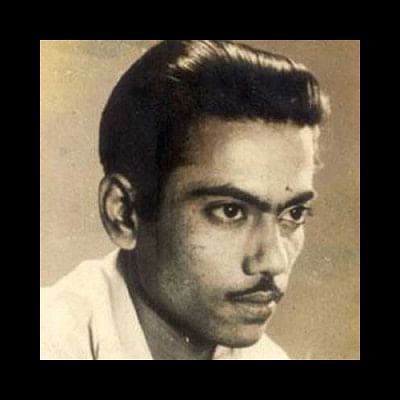Let There Be Light

Mohammad Zahirullah (better known as Zahir Raihan) lived only to be 37, but left his mark in the heart of every patriotic Bangladeshi with his works. He was born in a village in Feni, on this day in 1935. If he were alive, Zahir Raihan would have been 80 today.
After moving back from Kolkata following the partition of 1947, Zahir Raihan obtained a post-graduate in Bengali Literature and began working as a journalist. After initially writing short stories (inspired by his brother, prominent litterateur Shahidullah Kaiser), Raihan ventured into films as an assistant with “Jago Hua Savera” (1959). He made his directorial debut with “Kokhono Asheni” in 1960. In 1964, he made Pakistan's first colour movie, “Sangam”, and completed his first cinemascope movie, “Bahana”, the following year.
Zahir Raihan spent a busy decade in the 1960s, directing “Sonar Kajol” in 1962 (jointly with Kalim Sharafi), “Kancher Deyal” in 1963, “Behula” in 1966, “Anowara” in 1966, “Dui Bhai” in 1968 and “Jibon Theke Neya” in 1969.
Apart from films, Zahir Raihan was also an accomplished writer. His publications include “Surjya Grahan”, “Shesh Bikeler Meye”, the epic “Hajar Bochhor Dhore”, “Arek Falgun”, “Borof Gola Nodi”, “Aar Koto Din”, “Koyekti Mrittu” and “Trishna”.

It was the subject matter of his work, however, that separates him from his contemporaries; Raihan had strong nationalist beliefs, and it reflected sharply in his work. Some of his works stood icons of the movement of the-then East Pakistan that eventually culminated into the struggle for independence. He was one of the first few to back the move of violating curfew on the fateful day of February 21, 1952, and wrote “Arek Falgun”, a striking novel on the movement -- while in jail after being arrested in connection with the movement. His film “Jibon Theke Neya” is also a satirical depiction of the ongoing national movement, portraying an entire country through the story of a family.
The Liberation War began when Raihan was the general secretary of Bangladesh Liberation Council of Intelligentsia, and was making his first English film “Let There Be Light”. He abandoned the project and made his most notable work, the documentary “Stop Genocide”, depicting the horrendous atrocities of the Pakistani forces.
Zahir Raihan left his house on January 30, 1972 looking for his brother Shahidullah Kaiser, who was abducted by Pakistani forces just before Bangladesh's emergence on the world map, and never returned. It is believed that he was killed in Mirpur by Pakistani soldiers in hiding and their Bihari collaborators, while looking for the body of his brother at the Mirpur mass grave where many intellectuals were killed and buried.

 For all latest news, follow The Daily Star's Google News channel.
For all latest news, follow The Daily Star's Google News channel. 



Comments